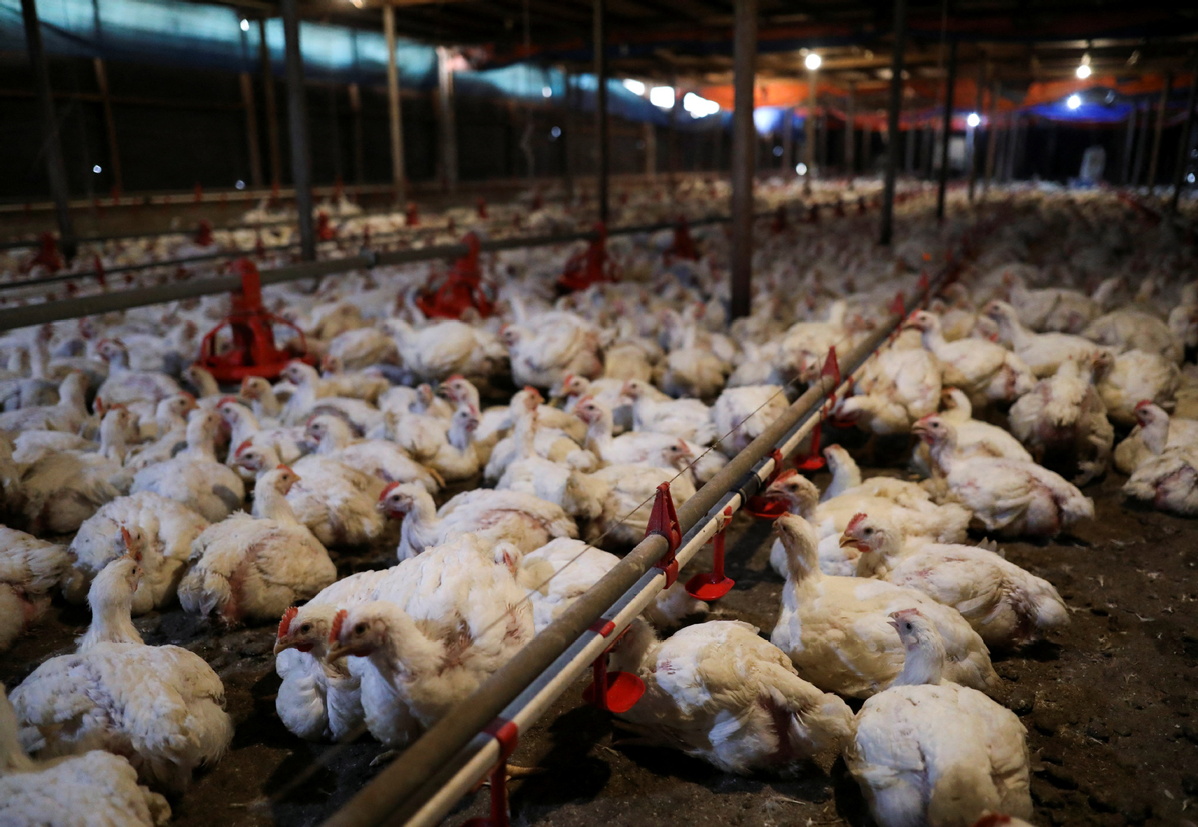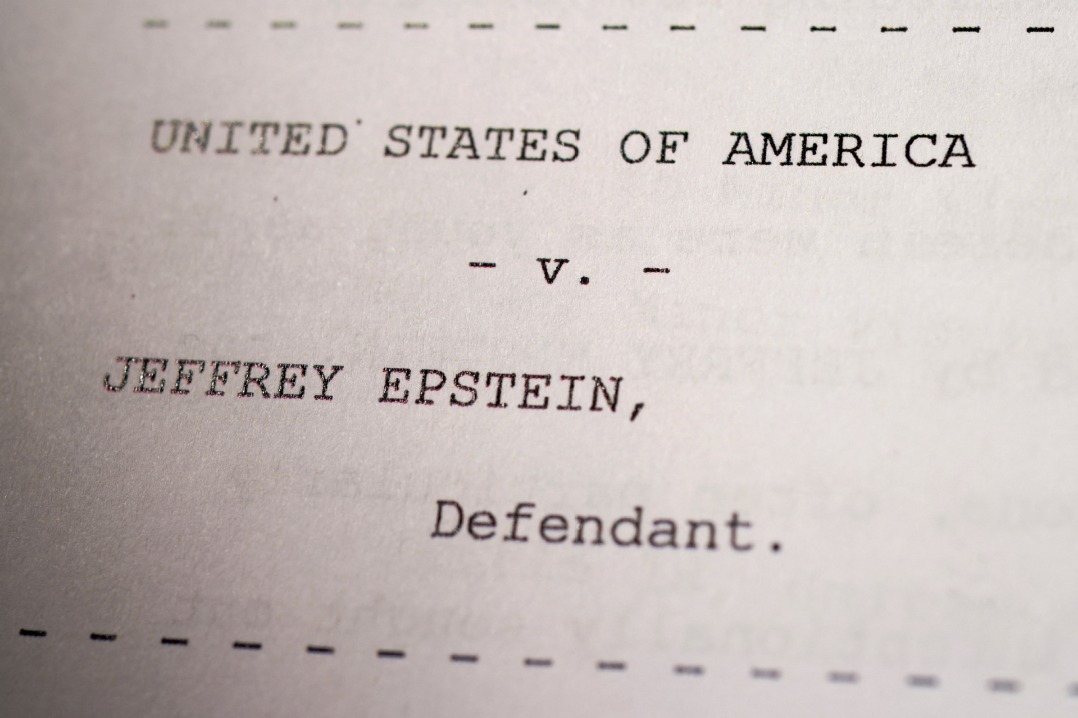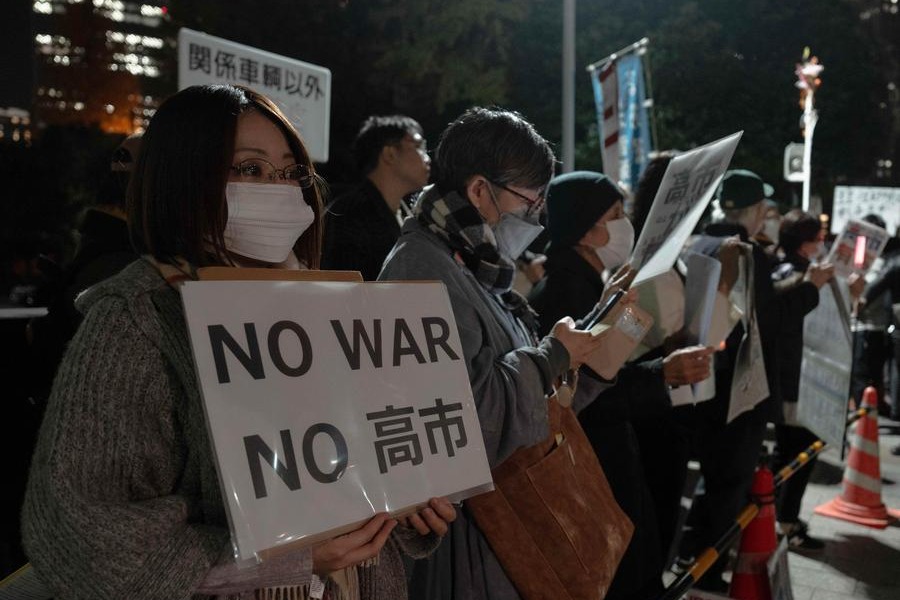Singaporeans feeling pinch of Malaysia's chicken export ban


Singaporeans' demand for chicken rice-a hearty, beloved meal of poached chicken, seasoned rice and chili sauce-has been hindered since June 1, when Malaysia's chicken export ban took effect.
Apart from tightening the chicken supply in Singapore and raising the prices of its iconic dish, the export ban has also highlighted the city-state's need for a food supply that is sustainable, even amid a disruption in the global supply chain.
Food security is especially crucial for a land-scarce country like Singapore, whose land area is just over 700 square kilometers. With no farming industry to speak of, it has to import roughly 90 percent of its food.
However, the COVID-19 pandemic and the Russia-Ukraine conflict have tightened the supply of various commodities, highlighting the need for most countries to boost their own food supply.
"But we (should) not confuse food security with self-sufficiency," said Carmelo Ferito, chief executive officer of the Kuala Lumpur-based think tank Center for Market Education and a senior poultry industry executive.
Ferito said the best way to ensure food security is to improve access to international markets, adding that Singapore is "playing a smart game, looking for alternative suppliers, and therefore it may be able to suffer only for a short period".
This is not the first time that Singapore had to deal with a food export ban, so the government applies a "resilience strategy" by diversifying food imports, according to Paul Teng, adjunct senior fellow with the Centre for Non-Traditional Security Studies at the S. Rajaratnam School of International Studies at Singapore's Nanyang Technological University.
Singapore's chicken supply is sourced not only from Malaysia, but also from the United States, Brazil and Thailand. Teng said Malaysia's chicken export ban didn't cause a chicken shortage, as there are plenty of frozen chickens available in the market. But Malaysia, owing to its proximity, is Singapore's only source of freshly slaughtered chicken. This is a big blow to chicken rice vendors and consumers, since the dish is usually prepared with fresh chicken.
Desmond Tan, Singapore's minister of state for sustainability and the environment, said that in lieu of fresh chicken from Malaysia, Singapore will import chilled chicken from Thailand and Australia.
Teng, the adjunct senior fellow, said another part of Singapore's food security strategy is improving local production. He cited the government's "30 by 30" food security plan, by which Singapore aims to produce 30 percent of its nutritional needs by 2030. One way to do that is to produce "novel and future protein", he said.
"There's a big move in that area, to create (alternative sources) of protein through cultured meat, plant-based products and insect protein," Teng said, adding that there are many startups in Singapore pursuing this venture.
In December 2020, the Singapore Food Agency approved an application by the US-based startup Eat Just to manufacture and sell cell-cultured chicken. Eat Just is building a production facility that will make mung bean-based whole egg substitutes and cultivated meat products.
Singapore-based Next Gen Foods, the creator of plant-based chicken alternative TiNDLE, raised $100 million in February to fund its market expansion as well as research and development. In the same month, Singapore launched INSEACT-an insect protein facility that produces sustainable insect protein for aquaculture.
William Chen, director of Nanyang Technological University's Food Science and Technology Program, said producing alternative feeds such as insect protein or feeds made from algae is important, considering that the high prices of corn and soybeans have led to a chicken shortage in Malaysia.
Rising prices
Local chicken prices in Malaysia have been rising since late last year, as the COVID-19 pandemic limited the supply of corn and soybeans-the main ingredients for poultry feed. This raised the prices of animal feed and, consequently, the prices of chicken. The government imposed a ceiling price equivalent to $2.02 per kilo to curb further price hikes.
"It seems clear that producing chickens for the domestic market at the target price was loss making (for poultry raisers)," said Khor Yu Leng, a regional economist at Singapore-based consultancy Segi Enam Advisors.
Khor said this discouraged production, tightening the local supply and compelling the government to ban chicken exports.
Geoffrey Williams, dean of the Institute of Postgraduate Studies at Malaysia University of Science and Technology, said local producers in Malaysia expect that the supply will increase in about a month, leading to the lifting of the export ban.
"Once the ban is lifted, we expect the market will return to normal, because Malaysia sells live chickens and whole chickens, which the Singapore consumer prefers. There should be no serious long-term effects," Williams said.

































